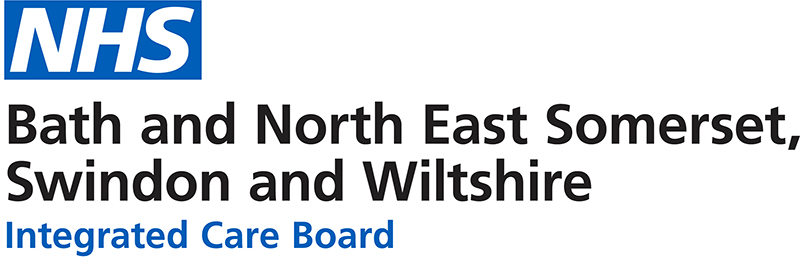If you are unwell or injured, it’s important to choose the right service to make sure you get the best treatment as quickly as possible. You may not need to see your GP or go to A&E.
If you're unsure of where to go for help, start with NHS 111 online.
Find out more about the range of local options for accessing health advice and treatment:
